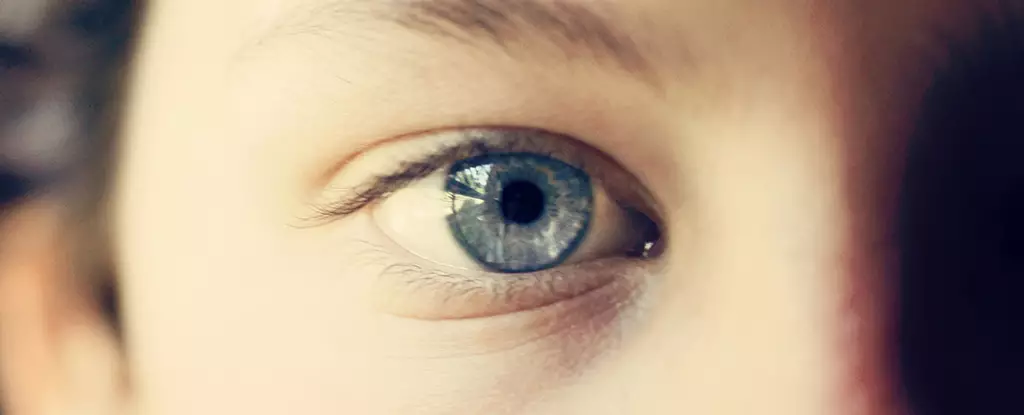In recent years, there has been growing interest in using artificial intelligence (AI) to help diagnose and assess various medical conditions. A new study conducted by researchers from the Yonsei University College of Medicine in the Republic of Korea suggests that deep learning AI models could potentially be used to screen for Autism Spectrum Disorder (ASD) and determine its severity using retinal photographs. This groundbreaking research sheds light on the connection between retinal nerves and brain structures, providing a new perspective on ASD diagnosis and assessment.
Previous studies have indicated that changes in retinal nerves are associated with altered brain structures, which are in turn connected to ASD. The eye serves as a window to the brain, illustrating the interconnectedness of the central nervous system. Scientists have discovered that individuals with ASD exhibit structural retinal changes, reflecting abnormalities in the visual pathway. The researchers behind this study propose that deep learning algorithms could potentially aid in the objective screening for ASD and determining symptom severity using retinal photographs.
To assess the feasibility of using AI models in detecting autism through retinal patterns, the researchers trained the model using a dataset of images where the AI was informed if the subject had autism or not. After the training process, the AI was tasked with analyzing retinal photographs of 958 children and teenagers, half of whom had been previously diagnosed with autism. Surprisingly, the AI achieved remarkable accuracy in identifying subjects with autism and those without, yielding a perfect score. However, when it came to predicting symptom severity, the AI’s accuracy ranged between 48% and 66%.
Despite the AI’s relatively lower accuracy in predicting symptom severity, there is immense potential in using this technology to provide early assessments for children with ASD, potentially reducing wait times and offering support at an earlier age. While this study focused on children and adolescents aged 4 to 18, the researchers suggest that future studies could explore the applicability of this approach to even younger age groups. It is worth noting that retinal alterations associated with ASD may manifest before retinal maturation, emphasizing the importance of early detection and intervention.
This study adds to a growing body of evidence suggesting that the retina’s response to light can provide insights into various neurodevelopmental conditions. In a previous study, researchers found a link between the retina’s response and conditions such as Attention Deficit Hyperactivity Disorder (ADHD) and ASD. By understanding that the eyes can act as a mirror to an individual’s brain activity, researchers can develop innovative methods for early diagnosis and intervention.
With approximately 1 in 36 people estimated to be on the autism spectrum, early diagnosis and intervention are crucial for individuals with ASD. The findings of this study offer a promising approach to screening for autism and assessing symptom severity using retinal photographs and deep learning AI algorithms. While further research is needed to refine the accuracy of predicting symptom severity, this study represents a significant step towards utilizing AI technologies for the benefit of individuals with ASD, helping them understand themselves better and navigate the world with greater support.


Leave a Reply